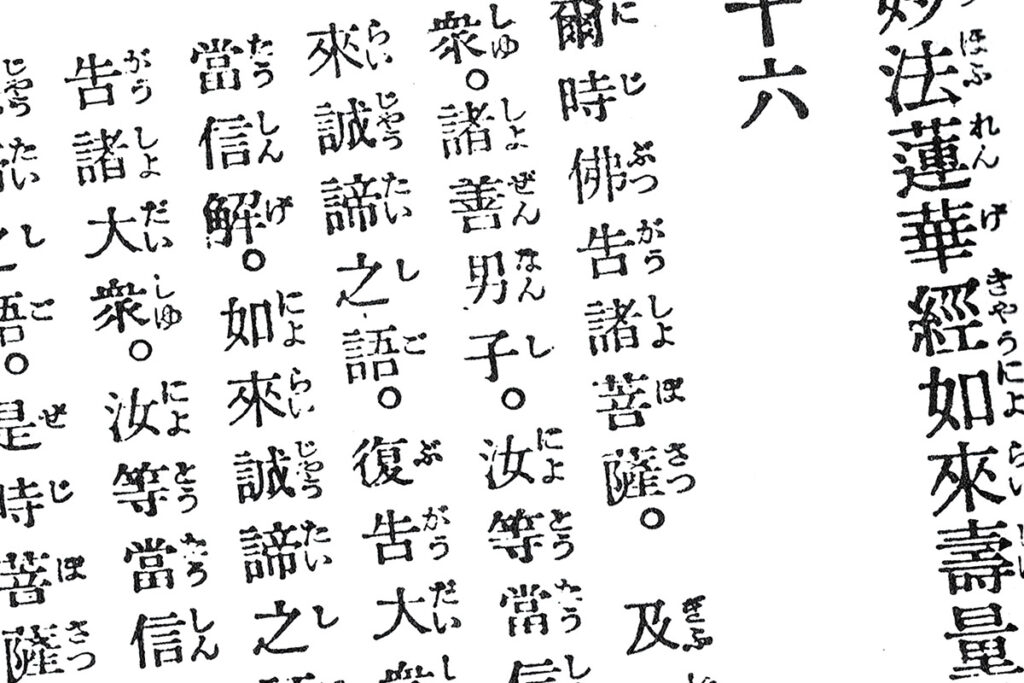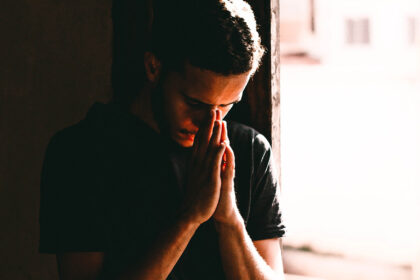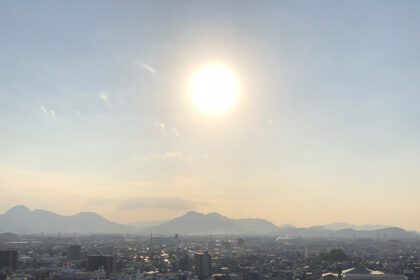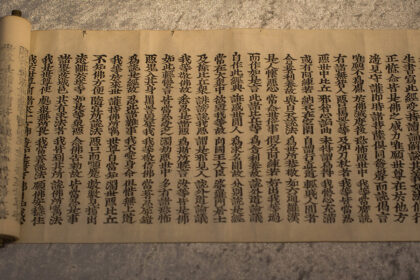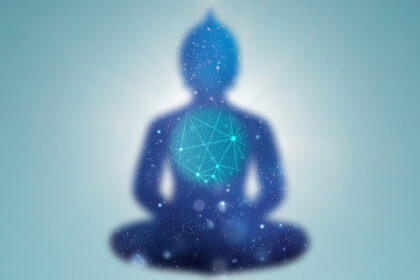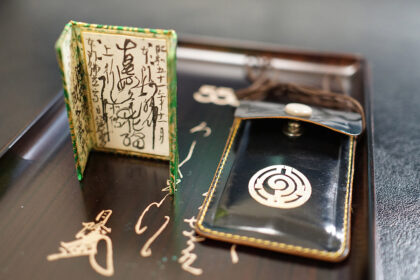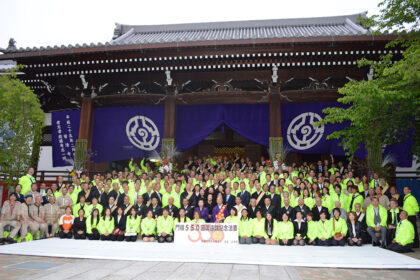Since ancient times, the Lotus Sutra has been revered as “the king of sutras,” “the finest sutra,” and “the true teachings of the Buddha.” It is the most celebrated Buddhist scripture, widely respected and worshipped around the world.
Historically, Shakyamuni Buddha, born in India, attained enlightenment at the age of thirty. For the next fifty years, he expounded countless teachings to guide people toward awakening. However, it was in the final eight years of his life that he revealed his ultimate teaching—the Lotus Sutra, which encompasses the essence of all his previous teachings.
For the first time, Shakyamuni Buddha made a profound declaration:
“From the moment of my enlightenment, I have shared many different teachings with you. However, they were all provisional, designed to prepare you for my true message—the teachings of the Lotus Sutra. Now, it is time to set aside those earlier teachings and embrace the ultimate truth. From this moment on, follow only the Lotus Sutra.”
These provisional teachings were later compiled into various other sutras, including:
- The Flower Garland Sutra (Kegon Sutra, 華厳経)
- The Agama Sutra (Agon Sutra, 阿含経)
- The Great Sun Buddha Sutra (Dainichi Sutra, 大日経)
- The Three Sutras of the Pure Land (Jodo Sanbu Sutra, 浄土三部経)
Collectively, these scriptures are called Nizen-Shokyō (爾前諸経), meaning “Pre-Lotus Sutras.” The term Nizen (爾前) means “teachings given before the Lotus Sutra,” while Shokyō (諸経) refers to “all sutras except the Lotus Sutra.”
Shakyamuni Buddha initially preached these Pre-Lotus Sutras to gradually prepare people for the profound wisdom of the Lotus Sutra—just as a child must first learn basic arithmetic before mastering advanced mathematics.
Why the Lotus Sutra Stands Above Other Sutras
Although all Buddhist sutras originate from the same Buddha, practicing only the Pre-Lotus Sutras cannot lead to Buddhahood. These earlier teachings serve as preliminary training, but the Lotus Sutra is the only scripture that allows practitioners to accumulate Kudoku (merit) and attain enlightenment.
The Lotus Sutra consists of twenty-eight chapters, divided into two main sections:
- Shakumon (迹門) – The Provisional Gate (First 14 chapters)
- Honmon (本門) – The True Gate (Latter 14 chapters)
These two divisions represent distinct aspects of the Buddha’s teaching.
- Shaku (迹) in Shakumon means “shadow” or “traces,” while Hon (本) in Honmon means “true” or “authentic.”
- Mon (門) means “gate to Buddhahood”—the teachings that guide practitioners to enlightenment.
Thus, while the Lotus Sutra itself is the ultimate teaching, within it, Shakumon is still considered provisional, merely a shadow of the deeper truth found in Honmon.
In other words, Shakumon teachings surpass the Pre-Lotus Sutras, but they remain incomplete. The full power of the Lotus Sutra lies in Honmon, the ultimate revelation of the Buddha’s true nature.
The Difference Between Shakumon and Honmon
The key distinction between Shakumon and Honmon lies in the form of the Buddha who preaches them.
During Shakumon, Shakyamuni appears in his historical form—as the prince who renounced his royal status at nineteen, attained enlightenment at thirty, and passed away at eighty. In this temporary form, he delivered both the Pre-Lotus Sutras and the Shakumon teachings of the Lotus Sutra.
However, in Honmon, the Buddha reveals his true identity as the Primordial Eternal Buddha. This is unveiled in Chapter 16 of the Lotus Sutra, “The Life Span of the Buddha” (如来寿量品第十六).
To guide and save all beings, Shakyamuni was born as an ordinary human, demonstrating that enlightenment is accessible to everyone. But his true existence transcends time, and he has been teaching and guiding beings since the distant past.
Now, let us delve deeper into the identity of the Primordial Buddha.

